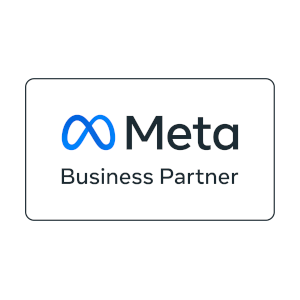The Future of (Digital) Marketing
What is internet/web advertising?
Internet/web advertising encompasses all forms of advertising distributed over the internet—multifaceted, digital, and targeted. These include:
- Display advertising: banners, videos and interactive ads on websites.
- Search engine advertising (SEA): Paid advertisements in search engines such as Google.
- Social media advertising: Ads on platforms such as Facebook, Instagram and LinkedIn.
- Video advertising: YouTube advertising, which we also see as part of digital TV, comes with or without video/spot and is a core element of web advertising.
Advantages of Internet/Web Advertising
Internet/web advertising outperforms traditional methods:
- High reach: Billions of people worldwide – millions in Switzerland – are online every day, which creates enormous potential.
- Targeted communication: Advertising precisely targets audiences based on demographics, interests and behavior.
- Cost-effectiveness: Online ads are often cheaper than traditional media and deliver a strong ROI.
- Measurability: Campaign performance is measured and optimized in real time.
Advertising opportunities on the Internet
Internet/web advertising offers advertisers a wide range:
- Geofencing: Virtual fences define geographical areas to display targeted local advertising.
- Programmatic Advertising: Automated, data-driven booking and delivery of ads in real time.
- Influencer Marketing: Authentic product placement through influencers.
Mobile advertising
With the boom in smartphones and tablets, mobile advertising is indispensable:
- Direct messages: Calls and important information to your own community.
- In-app advertising: Ads in apps with high engagement rates.
- Location-based advertising: Ads that use the user’s current location.
Examples of Internet (banner/display) advertising
Internet/web advertising, often known as banner advertising, is highly sophisticated and offers creative freedom for effective messages:
- High visibility: Banners attract targeted attention on websites.
- Interactivity: Users click or interact via hover effects.
- Diverse formats: From banners and skyscrapers to pop-ups and interactive videos – the possibilities are endless.
- Targeted communication: Distribution based on behavior and demographics.










